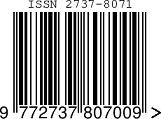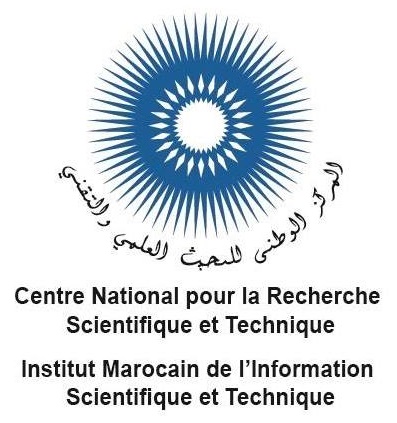Software Design of a Voice Controlled Home Automation System
Keywords:
Home Automation, Voice Control, Voice Commands, Android App, Arduino Uno, Bluetooth HC-05 Module, Laptop, Smartphone, COVID-19Abstract
Technology is limitless, the more the problems, the more opportunities, and solutions it provides. In the Post COVID-19 pandemic world, one of the potential areas where companies are willing to invest is Automation, generating a huge Return-on-Investment. One such appealing area is home automation. The daily use equipment such as light switches are touched ever so frequently by the people in the houses and offices amounting to extra danger. Interaction with these areas can actually be avoided entirely by using home automation. Catering to the future needs, our paper presents an idea of home automation system where appliances can be controlled using speech recognition technology. It requires an android app to provide voice command to the control circuit. The control circuit comprises of Arduino Uno which acts as a user interface controlling the switching of appliances. Commands are fed into Arduino with the help of a Bluetooth model which receives voice commands from the android app.
Downloads
References
Arduino Uno Projects: http://arduino.cc/en/Main/arduinoBoardUno
Sonali Sen, Shamik Chakrabarty, Raghav Toshniwal, Ankita Bhaumik “Design of an Intelligent Voice Controlled Home Automation System” International Journal of Computer Applications (0975 – 8887) Volume 121 – No.15, July 2015
K. A. S. V. Rathnayake, S. I. A. P. Diddeniya, W. K. I. L. Wanniarachchi, W. H. K. P. Nanayakkara and H. N. Gunasinghe, "Voice operated home automation system ased on Kinect sensor," 2016 IEEE International Conference on Information and Automation for Sustainability (ICIAfS), Galle, Sri Lanka, 2016, pp. 1-5
Downloads
Published
How to Cite
Issue
Section
License
Copyright (c) 2021 Priyanshu lawania, Balasa Manikalyan, Ravuru Venkata Lokesh , Merugumala Jaswanth

This work is licensed under a Creative Commons Attribution 4.0 International License.
Copyright on any article in the International Journal of Engineering and Applied Physics is retained by the author(s) under the Creative Commons license, which permits unrestricted use, distribution, and reproduction provided the original work is properly cited.
License agreement
Authors grant IJEAP a license to publish the article and identify IJEAP as the original publisher.
Authors also grant any third party the right to use, distribute and reproduce the article in any medium, provided the original work is properly cited.















